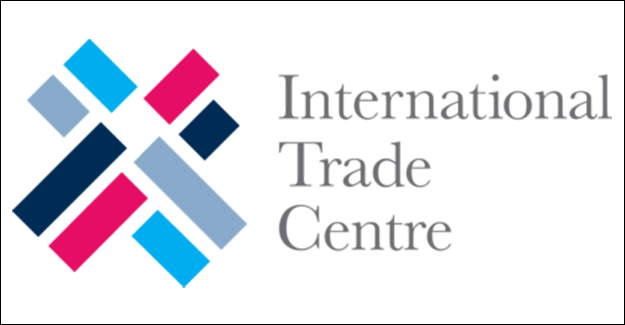
Apparel, Footwear, Fashion
ITC Makes A Strong Case For Good Practices In Global Apparel Industry
The International Trade Centre’s Guidebook On Good Practices In The Global Apparel Industry makes a strong case for good practices in the apparel industry for improving productivity, moving up the value chain, improving design content, marketing capabilities, and much more.
The following key messages can be derived by analysing the good practices and case studies:
- Improvement opportunities exist in almost all the business processes along the textile and clothing value chain and these opportunities can be exploited by implementing the good practices;
- Most of the good practices require limited investment, barring exceptions, and provide high returns on investment. In other words, implementing these practices has a strong business case;
- One of the prerequisites for benefitting from the good practices is the commitment of the owners and/or top management to implement them and prepare their organisation for change;
- Introducing good practices means change at the organisational level. It is therefore vital to focus on communication with mid-level management and workers, explaining the need for adopting the good practices, and the expected benefits to organisation and the employees. These actions will help create the necessary buy-in, reduce resistance during implementation and foster an environment conducive for sustaining the improvements;
- Training and facilitation support by expert agencies or institutes may be needed to implement some of these good practices, while others just require the desire of the management to implement them;
- The real-life case studies from different parts of the world demonstrate that these practices can be implemented in different geographies and cultures;
- A large number of good practices that require some sort of investment have a payback period of less than one year.
Tirupur company’s in-house design studio
International buyers today want not just quality, but better design content too. A Tirupur-based sleepwear manufacturing and exporting company realised that it could be losing orders to others who could offer design content to buyers. Manufacturing 700,000 pieces of apparel per month, and employing 1600 workers, 60% of them women, the company could not afford to slow down.
With growing demand from customers to provide design input, it became necessary to develop design capabilities and capacities. The ever-increasing competition and the need to stay ahead compelled the company to develop and showcase its design capabilities.
The exporter thus decided to create an in-house design studio that could offer a wider design spectrum to its customers. Years of working together with key customers had helped it gain an understanding of the customers’ business and requirements.
The organization hired two fresh design graduates from a fashion school. The designers were initially asked to assist the overseas team of buyers by researching on the internet and compiling trend reports.
Eventually, they were given access to trend forecasting sites, such as WSGN, which helped them to understand trends and draw inspiration. It also helped them to create new designs. They also used CAD for print developments.
Results achieved
The company was able to see instant results as its clients became more receptive to all communication. The customers started briefing the exporter with their thoughts and began sharing their mood boards. This helped the factory to work in sync with the customers’ requirements and to respond faster.
Moreover, owing to its design development capabilities, the company was able to get a higher price from its key customer, who earlier would want to bargain hard for every cent. Within a year of establishing the design studio, the company was able to increase business by 20% with this key customer.
Benefits for the company
While initially the visits of the customer would be for a few hours, once the in-house design studio was in place, the customers started spending nearly an entire day discussing the designs. This close engagement created a stronger bond and mutual understanding, resulting in higher orders.
The in-house design studio also supported other departments in the company, like the men’s sleepwear segment.
Return on investment
The company invested in a good computer with a graphic card and a licence for Adobe Creative Cloud, along with digital draw pads that helped the designers to instantly draw on the system while creating the designs.
The initial investment amount was US$ 4,500. The remuneration to the designers was also appropriate as per industry standards for fresh graduates. The investment was minimal as compared to the benefits. At a later stage, after seeing the initial returns on the investment, the company invested in the subscription of trend forecasting services.
Lessons learned
Continuous monitoring and being actively involved in co-creating a range with the customers are crucial steps in developing the right products and nurturing a long-term relationship with customers. Trend forecasting and knowledge of fabrics was also enhanced by attending fabric and yarn fairs.
Textile Excellence
Previous News
sino-bangla jv to invest us $15.63 mln in ishwardi epz
Next News
haelixa makes egyptian cotton product traceable









